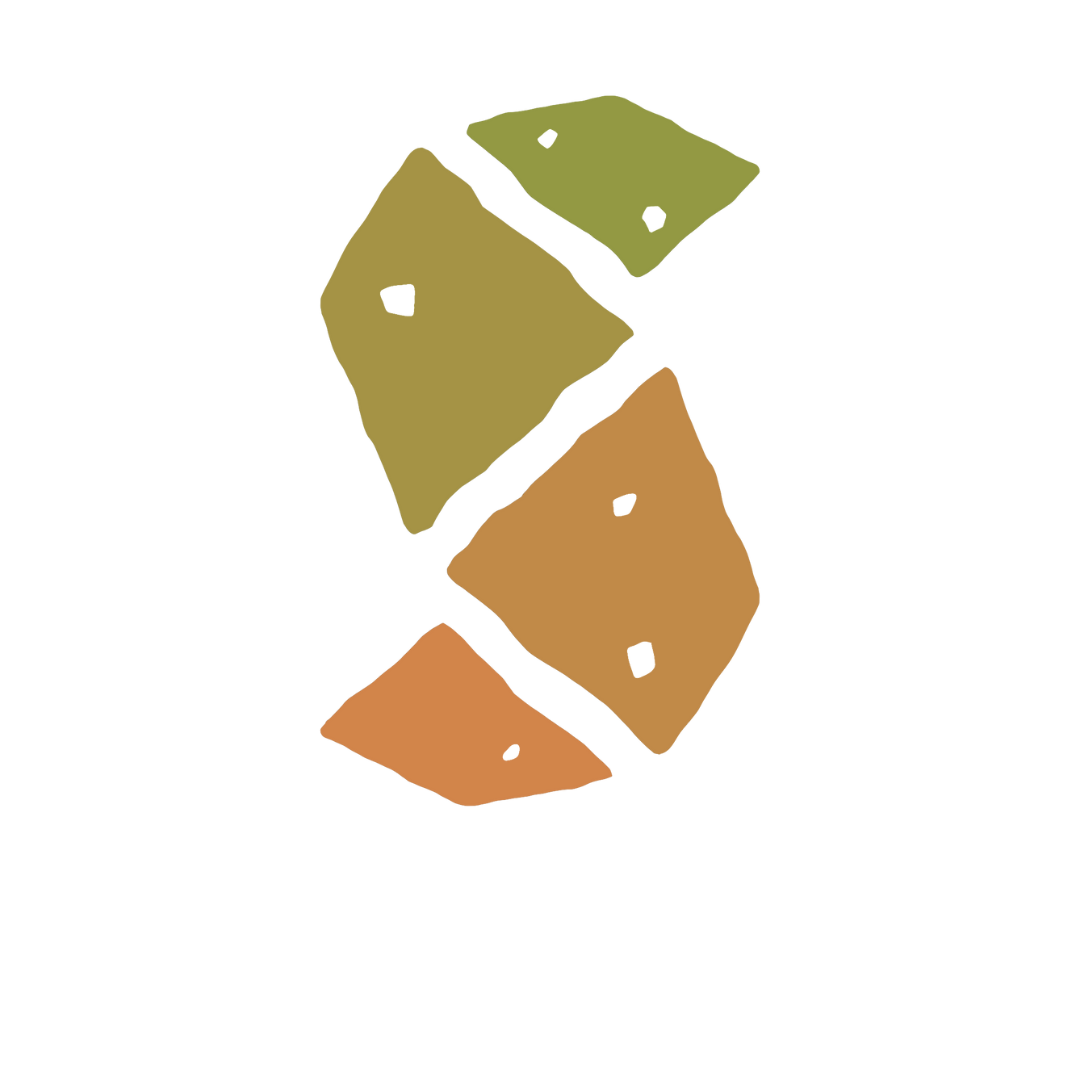The Ecology of Care: Medicine, Agriculture, Money, and the Quiet Power of Human and Microbial Communities by Didi Pershouse
About Book
What can Cuban doctors, innovative ranchers in Saskatchewan, and the microbiome teach us about how to care for people and the Earth at the same time?
In this richly layered book, Didi Pershouse takes us on a fast-moving, sharp-witted journey through her own life: from growing up with the neurosurgeon who accidentally discovered the seat of memory in the brain, to working in a smoke-filled office at New York magazine, to her career as an innovative acupuncturist in Vermont, and on to a passion for close-knit communities, grazing cows, and soil restoration as solutions to much of what ails us. Along the way, she unfolds a surprising new take on the story of our time: how the germ theory of disease joined with a profit-based economy, and unwittingly led to a “sterilization” of medicine, agriculture, and even our social lives. This 150-year detour has brought about the near destruction of our climate as well as a great forgetting of the power of connection. By documenting a scientific understanding of the intelligence of the whole, Pershouse nudges us awake with a hopeful view and shows us how to reclaim the rich, “fertile” lives we are meant for.
Learn more about the book
About Author
Didi Pershouse is the founder of the Land and Leadership Initiative, and the author of two books: The Ecology of Care: Medicine, Agriculture, Money, and the Quiet Power of Human and Microbial Communities, and Understanding Soil Health and Watershed Function. She grew up in a family of high-tech medical pioneers working in radiation and brain surgery. Seeing the often destructive effects of their work first-hand led Pershouse to pioneering work of her own: she developed a practice and theoretical framework for systems-based ecological medicine—restoring health to people as well as the social and ecological systems around them.
At the Center for Sustainable Medicine, her sliding-scale practice included community acupuncture, nutrient-dense diets, and resiliency counseling. When the Ecology of Care was published in 2016, her practice became a model for others, as she connected the dots between soil health and public health, and the role of beneficial microorganisms in maintaining a healthy climate both inside and outside the body.
Her work turned increasingly towards engaging patients and the public in conversations about the relationships between soil health, shifting weather patterns, capitalism, and human health.
Read More About Author…


